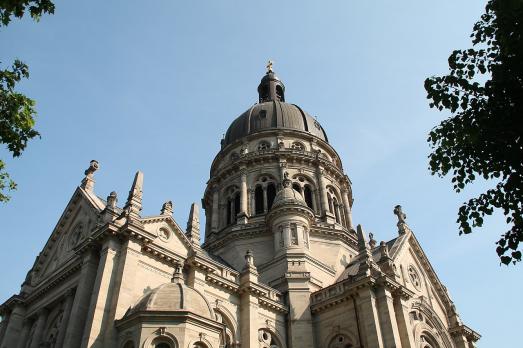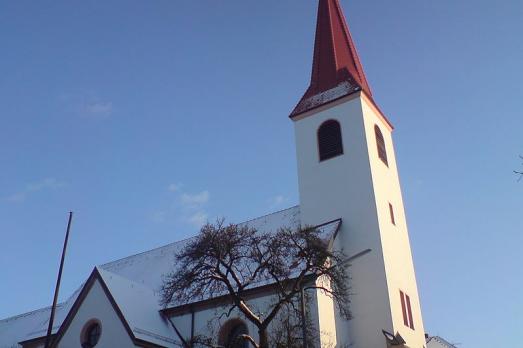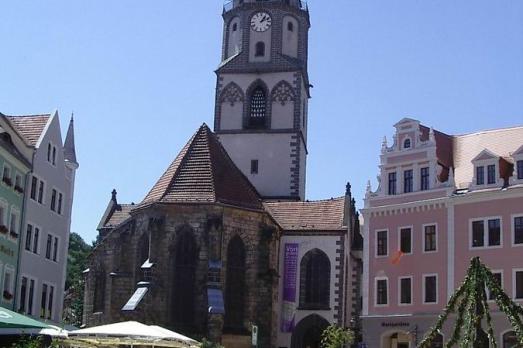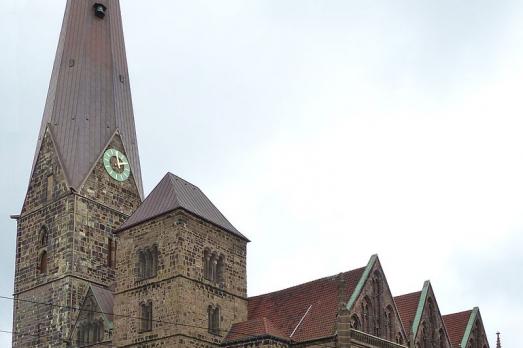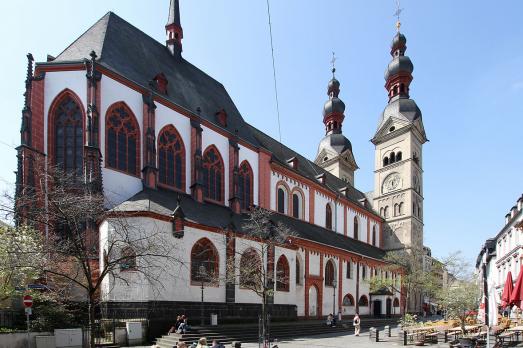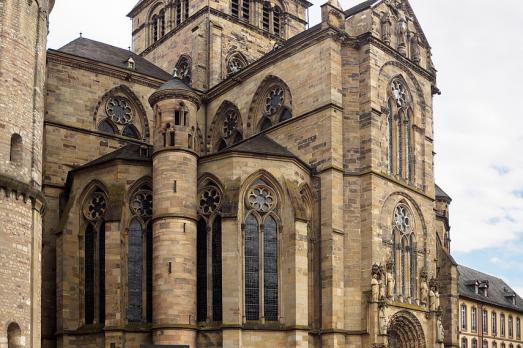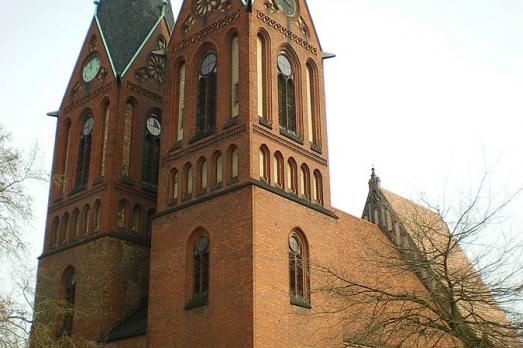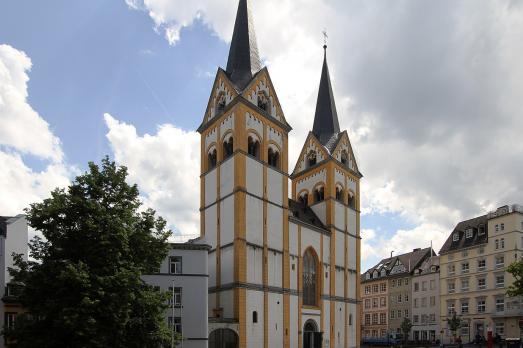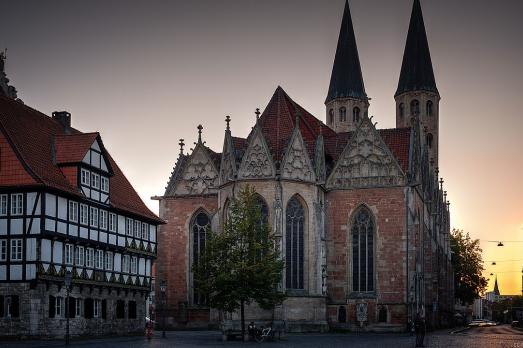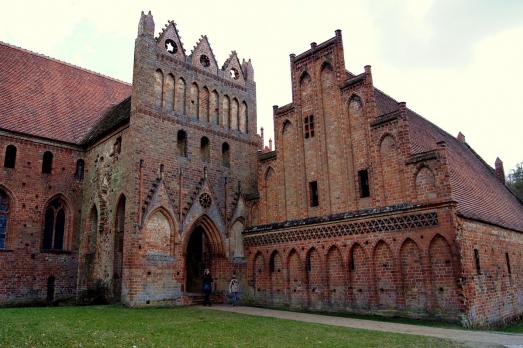
Chorin Monastery
Chorin, DE
The Chorin Monastery is a former Cistercian abbey founded in 1258 and embodies the typical brick Gothic style. The monastery was secularised in 1542 with the Reformation and left to decay until the 19th century. Then the ruins were secured and partially reconstructed under the direction of Karl Friedrich Schinkel.
